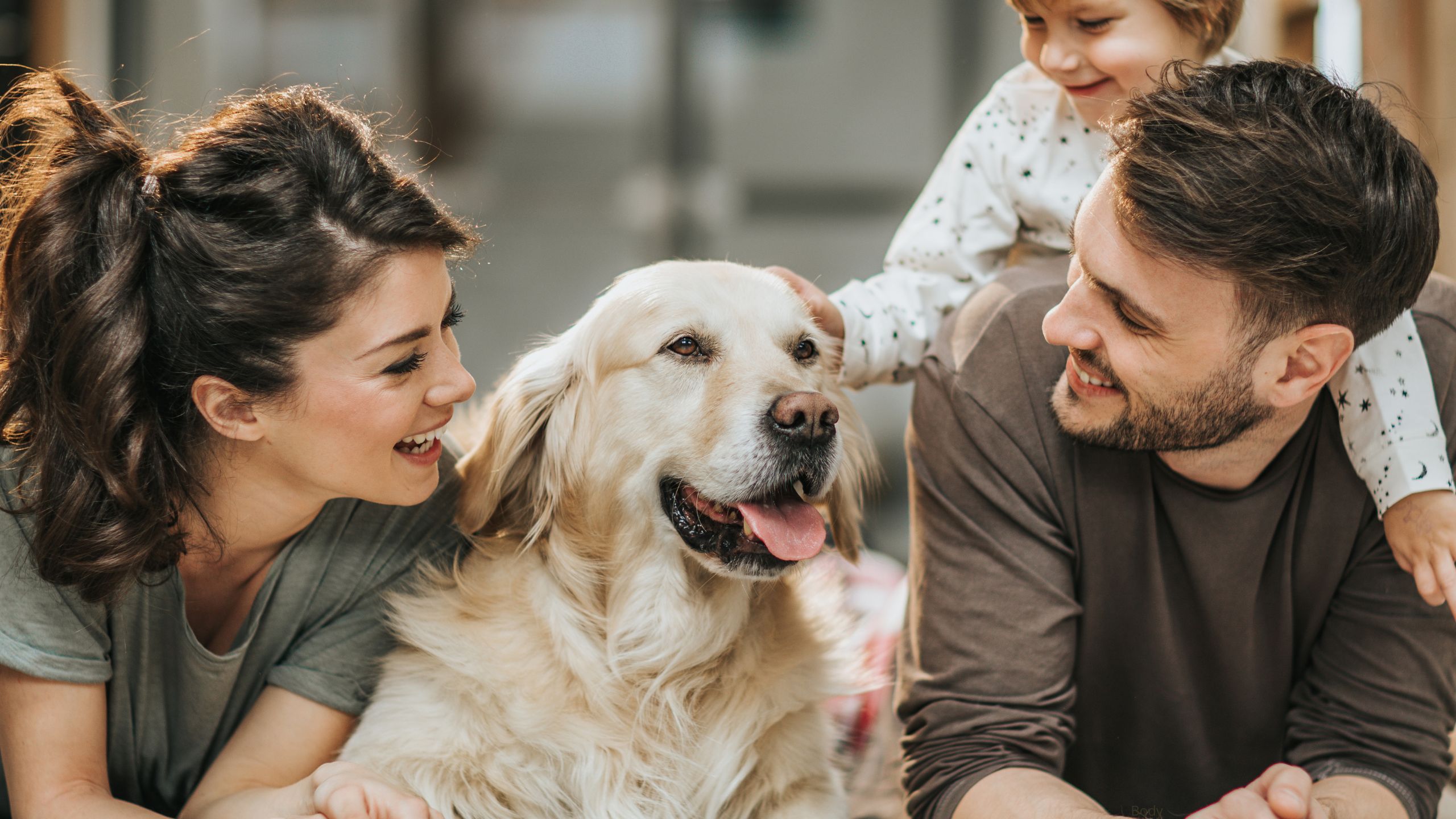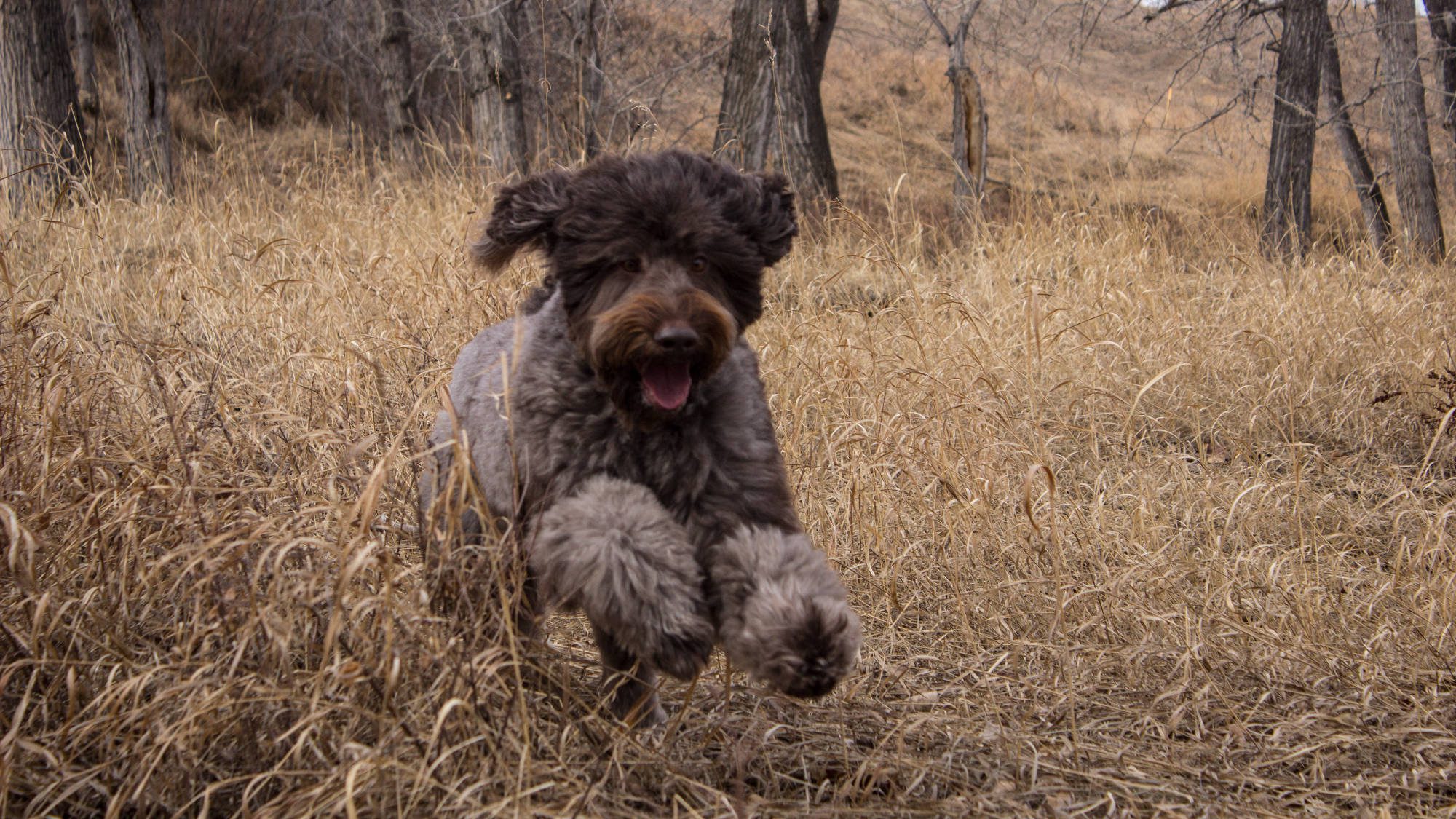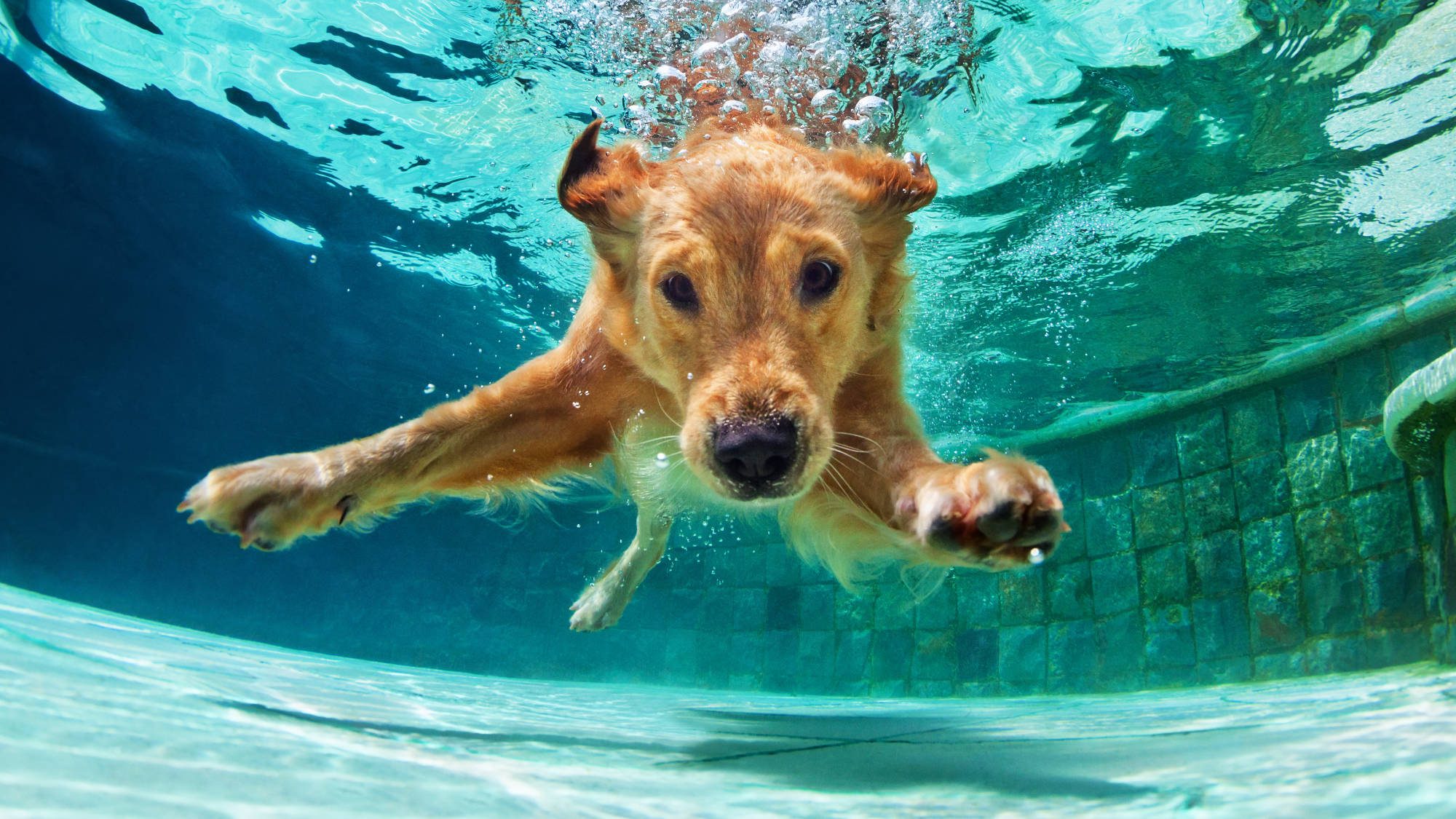Walking your dog is one of the simple pleasures of pet ownership, but it can sometimes turn into a tug-of-war when your furry friend stops to sniff every lamp post and mailbox in sight. While you might be in a hurry, for your dog, these moments are about much more than just taking in the smells. They’re reading the latest “news” in their environment, using their incredible sense of smell to gather information and understand their world.
This article explores the fascinating reasons behind your dog’s sniffing habits and highlights why it’s important to allow them this time to explore. Let’s dive into understanding the world from your dog’s perspective and how we can make walks more enjoyable and fulfilling for them.
Table of Contents
- Why Do Dogs Sniff?
- Understanding Your Dog’s Sniffing Habits
- The Importance of Sniffing for Dogs
- How Dogs Read the World With Their Noses
- The Vomeronasal Organ (VNO): A Special Sensory Tool
- The Power of a Dog’s Nose
- Walks — More Than Just Physical Exercise
- Respecting Your Dog’s Need to Sniff
Why Do Dogs Sniff?
Dogs sniff for a variety of reasons, each deeply rooted in their biology and behavior. Here’s a breakdown of why sniffing is such a critical part of a dog’s life:
- Communication: Dogs use sniffing to pick up on chemical signals from other animals, which tell them about the animal’s identity, emotions, and more.
- Exploration: Sniffing is how dogs learn about their environment, akin to humans using their eyes.
- Hunting and Tracking: Descended from wolves, dogs use sniffing to track prey or interesting scents, tapping into their natural hunting instincts.
- Safety and Identification: Sniffing helps dogs detect dangers, unfamiliar animals, and recognize familiar places and family members.
- Social Interaction: Dogs greet and gather information about each other through sniffing, a key part of canine social behavior.
- Stress Relief: Sniffing can reduce stress by providing mental stimulation and focusing their attention on specific scents.
- Foraging: Though domesticated, dogs still use their sense of smell to search for food, a holdover from their wild ancestors.
Allowing dogs to sniff during walks is crucial for their mental and emotional health, serving multiple essential functions beyond mere curiosity.
Understanding Your Dog’s Sniffing Habits
Dogs have a unique way of interacting with the world, and understanding this can make daily walks more enjoyable for both you and your furry friend. Let’s explore why your dog’s sniffing habit is more than just a simple pastime.
The Importance of Sniffing for Dogs
Imagine you’re deeply engrossed in reading a captivating news headline, only to be abruptly pulled away before you can grasp the details. Frustrating, right? This is a daily reality for your dog whenever you hurry them along before they’re done sniffing. Dogs perceive their environment primarily through their noses, making every outdoor walk a rich sensory experience akin to us reading an interesting article.
How Dogs Read the World With Their Noses
Dogs gather information about their surroundings through scent. When your dog stops to sniff a mailbox or a lamp post, they’re not just dawdling — they’re downloading messages left by other dogs. These messages can convey a range of information, from the presence of a nearby threat to recognizing a familiar animal through its scent. This is possible because dogs have a highly developed olfactory sense, far superior to humans.
The Vomeronasal Organ (VNO): A Special Sensory Tool
A key player in a dog’s olfactory arsenal is the vomeronasal organ (VNO), located in the roof of their mouth. This organ allows dogs to detect pheromones, the chemical messengers that convey information between animals of the same species. When your dog sniffs something and then seems to taste the air, they’re actually processing these pheromones through their VNO. This specialized organ is why dogs can sense anxiety at the vet or find the exact rock you threw into a river.
The Power of a Dog’s Nose
To put a dog’s sense of smell into perspective, consider these facts:
- The area covered by the scent-detecting membranes in a dog’s nose is vastly larger than that in a human nose.
- Dogs have nearly 20 times more primary smell receptors than humans.
- They can detect odors at concentrations significantly lower than humans can, making them invaluable for tasks requiring scent detection.
Walks — More Than Just Physical Exercise
Understanding the importance of sniffing to your dog reframes the purpose of daily walks. It’s not just about physical exercise or potty breaks — it’s about allowing your dog to explore and understand their environment. Just as you might stop to read a new sign in your neighborhood, your dog stops to sniff to gather the latest news.
Respecting Your Dog’s Need to Sniff
The next time you’re on a walk and your dog takes their sweet time at a particular spot, remember that they’re engaging with their world in the most natural way they know. Allowing your dog the time to sniff and explore not only enriches their walks but also helps satisfy their innate curiosity and need for mental stimulation.







